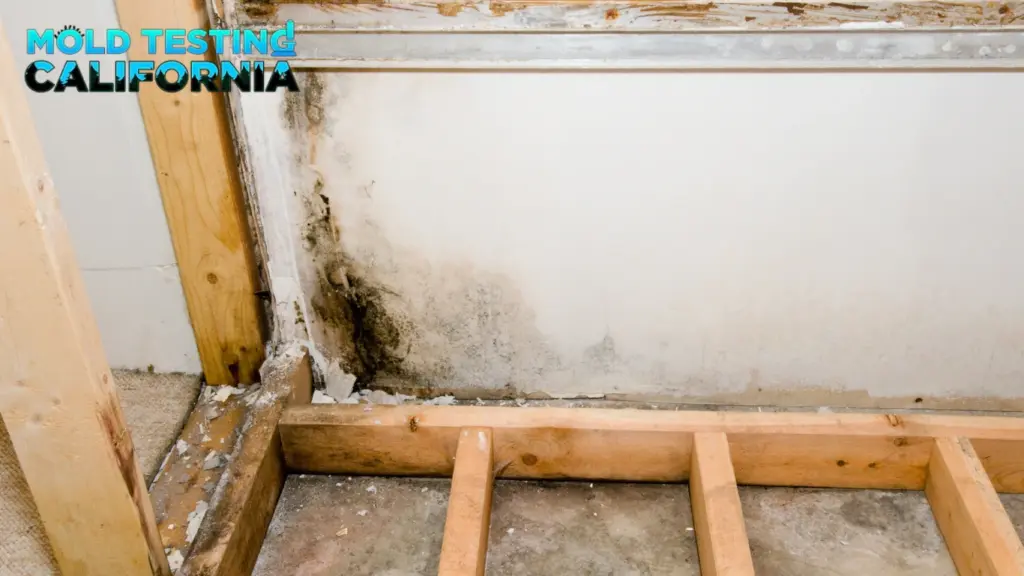Mold testing is an essential process for identifying mold growth in your home and assessing its impact on both health and property. The procedure involves several components that help professionals detect and quantify mold contamination. Understanding what happens during a mold test can give homeowners confidence in their efforts to maintain a mold-free living space.
Initial Assessment and Visual Inspection
The first step in mold testing is a thorough visual inspection of your home. Mold professionals examine areas that are prone to mold growth, such as basements, attics, bathrooms, and areas affected by water damage. This visual assessment helps identify visible mold growth and any conditions conducive to mold, such as excess moisture or humidity. Although mold can often be hidden behind walls or under floors, the visual inspection serves as a key starting point in determining where testing should occur and which areas require further examination.
Air Sampling and Surface Testing
After identifying potential mold-infested areas, mold testing continues with air sampling and surface testing. Air sampling involves capturing air samples from different areas in the home to measure the concentration of mold spores in the air. This type of testing helps assess indoor air quality and determine whether airborne mold could pose a health risk. Surface testing, on the other hand, involves swabbing visible mold patches or collecting bulk samples from affected surfaces. This method provides more accurate data on the type and amount of mold present, allowing professionals to understand the extent of the contamination.
Moisture Assessment and Identification of Problem Areas
Mold thrives in damp, humid environments, which is why moisture levels are carefully assessed during mold testing. Professionals use moisture meters to measure the relative humidity and moisture content of walls, floors, and other building materials. Identifying hidden moisture sources, such as leaks or poor ventilation, is crucial for understanding the underlying causes of mold growth. This step helps guide remediation efforts by addressing not only the visible mold but also the moisture problem that may have caused it, preventing the mold from returning.
Lab Analysis and Final Report
Once samples are collected through air and surface testing, they are sent to a laboratory for analysis. The lab determines the type of mold present, whether it’s toxic or non-toxic, and the concentration of mold spores. This information is critical in evaluating health risks and deciding on the necessary steps for remediation. Once the analysis is complete, a mold inspection professional provides a detailed report outlining the findings, including mold types, levels, and recommended remediation actions. This report helps homeowners understand the severity of the mold issue and what steps to take to resolve it.
Mold testing involves several important components, including a visual inspection, air and surface sampling, moisture assessment, and lab analysis. These steps work together to provide a comprehensive understanding of mold contamination in your home. By having a mold test conducted, you can address mold growth early, ensure a safe living environment, and prevent potential damage to your property.
Learn more:
How Mold Testing Identifies Mold Growth in Your Home
What is Mold Testing and Why Is It Important?

